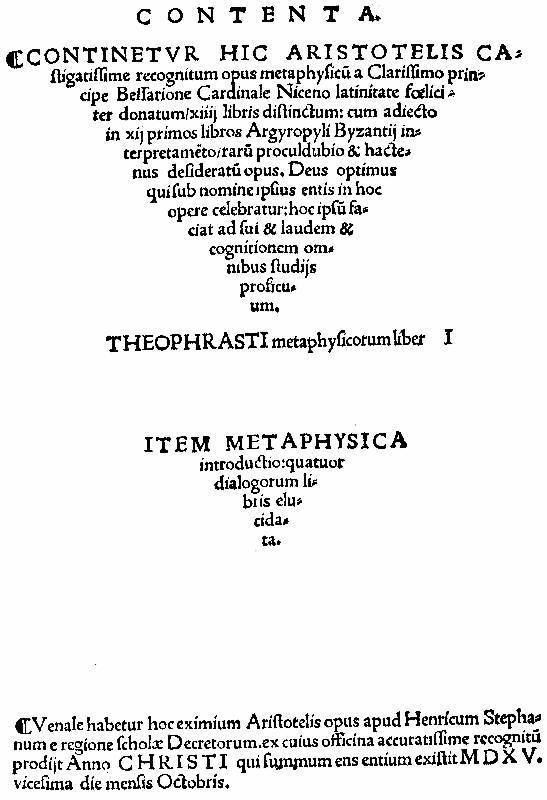Name Henri Estienne Cousins Nicole Estienne Parents Robert Estienne | Uncles Charles Estienne | |
 | ||
Books The Frankfort Book Fair, Harpocrationis Lexicon in decem oratores Atticos People also search for Robert Estienne, Charles Estienne, Nicole Estienne | ||
Henri Estienne ([etjɛn]; 1528 or 1531 – 1598), also known as Henricus Stephanus, was a 16th-century French printer and classical scholar. He was the eldest son of Robert Estienne.
Contents
Life
Estienne was born in Paris.
He displayed in his youth a genuine enthusiasm for Greek and Latin. His father took special pains with his education. As part of his general training, he undertook in his nineteenth year a protracted journey to Italy, England, and Flanders, where he busied himself in collecting and collating manuscripts for his father's press.
In 1554 he published at Paris his first independent work, the Anacreon. Then he went again to Italy, helping Aldus at Venice, discovering a copy of Diodorus Siculus at Rome, and returning to Geneva in 1555.
In 1557 he seems to have had a printing establishment of his own. In the spirit of modern times, he advertised himself as the "Parisian printer" (typographus parisiensis). The following year he assumed the title illustris viri Huldrici Fuggeri typographus from his patron, Ulrich Fugger.
In 1559 Estienne assumed charge of his father's presses. He then distinguished himself as the publisher, editor, and collator of manuscripts. Works of Athenagoras of Athens, Aristotle, and Aeschylus appeared in 1557; Diodorus Siculus, 1559; Xenophon, 1561; Sextus Empiricus, 1562; Thucydides, 1564; Herodotus, both 1566 and 1581; and Sophocles, in 1568. He improved old translations, or made new Latin translations, of many Greek authors.
His most celebrated work, the Thesaurus graecae linguae or Greek thesaurus, appeared in four volumes in 1572, with a supplement in two volumes. This work was begun by his father and served up to the nineteenth century as the basis of Greek lexicography.
Of the editions of the Greek New Testament that went forth from his presses, that of Beza, with his commentary, deserves mention. A triglot containing the Peshitta appeared in 1569, of which some copies are in existence, bearing the date Lyon 1571. In 1565 a large French Bible was printed.
Henry's own editions of the Greek New Testament of 1576 and 1587 are noteworthy. The former contains the first scientific treatise on the language of the apostolic writers and the latter has a discussion of the ancient divisions of the text.
In 1578 he published a famous edition of the complete works of Plato, translated by Jean de Serres, with commentary. This work is the source of the standard 'Stephanus numbers' used by scholars today to refer to the works of Plato.
In 1594 he published a concordance of the New Testament, the preparatory studies for which his father had made.
Much earlier, he had translated Calvin's catechism into Greek, which was printed in 1554 in his father's printing room.
He died in Lyon in 1598.
Family
Married three times, Estienne had fourteen children, three of whom survived him. His son Paul (born 1567), of whose life little is known, assumed control of the presses. Two of Paul's sons were printers—Joseph at La Rochelle and Antoine (died 1674), who became "Printer to the King" in Paris in 1613. Fronton du Duc's Chrysostom and Jean Morin's Greek Bible (3 vols., 1628) were issued from Antoine's presses.
His son Henry succeeded to the title of "Printer to the King" in 1649. His work closed about 1659. This Henry left no children and was the last of the family who took active interest in editing and printing.
